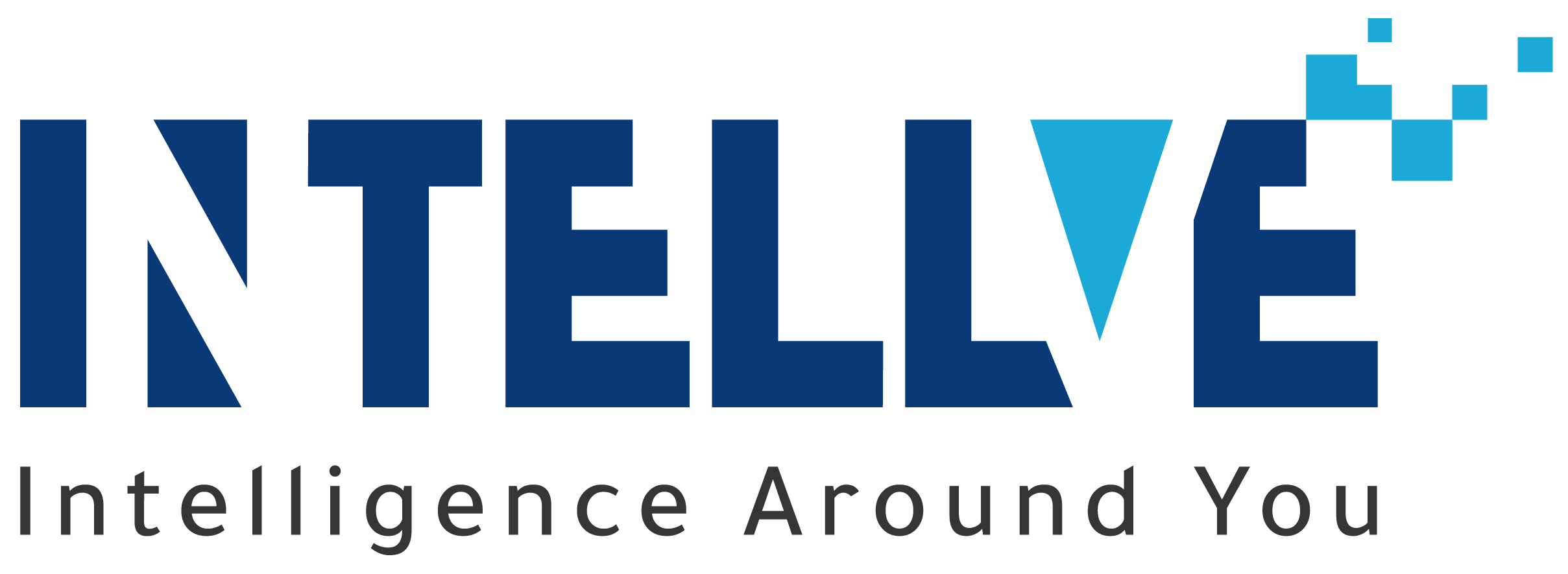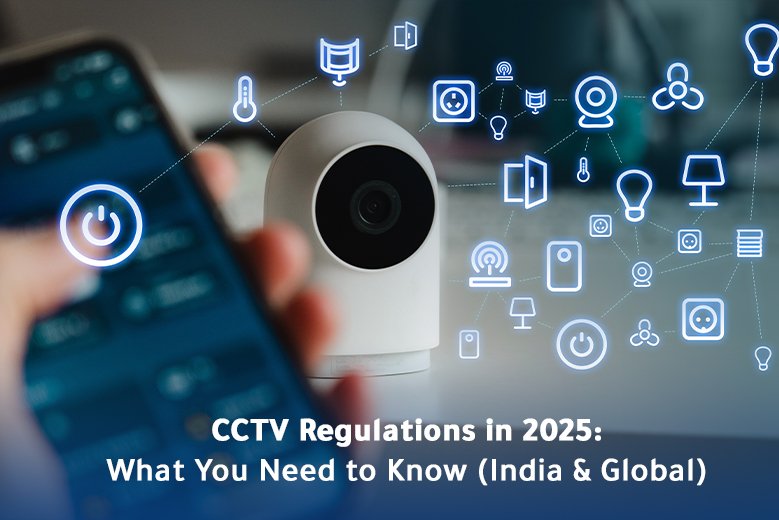More cameras. Smarter analytics. Bigger stakes. That’s the picture in 2025. As organizations lean on ai powered surveillance for safety and operations, regulators are raising the bar. Cybersecurity threats keep poking holes in poorly secured devices, while public concern over privacy hasn’t gone away. The result? A global push for clear standards, stronger controls, and proof that your CCTV stack is safe, lawful, and responsible.
CCTV Regulations in India: What’s New in 2025
India is moving from “should” to “must”. Updated mandates from MeitY, the Ministry of Home Affairs, and the Bureau of Indian Standards now anchor CCTV to security-by-design principles. The headline: STQC certification for CCTV becomes mandatory, with an April 2025 deadline. In practice, it means cameras and associated systems must pass tests against Essential Requirements (ER) that cover the basics of device security and lifecycle management.
Add to that a focus on patch processes, vulnerability handling, and audit trails. For manufacturers and importers, this isn’t a paperwork exercise; it’s engineering, documentation, and lab validation. For distributors, it changes which SKUs can be sold after the deadline. And for public buyers, expect tenders to call out ER/STQC explicitly. Miss the mark and you could be out of the running. Harsh, yes. Necessary, also yes.
Global CCTV Compliance Landscape: Quick Snapshot
- European Union: GDPR still sets the tone: clear lawful basis, transparent signage, data minimization, and sensible retention. “Privacy by design” isn’t a slogan—it’s a legal expectation.
- United States: No single federal rulebook. Privacy is state-led, with stricter regimes in places like California. Watch consent rules for audio recording and keep retention reasonable.
- United Kingdom: The ICO expects visible signage, documented impact assessments, and robust subject access processes. Keep footage only as long as you genuinely need it.
- Australia: Federal privacy restrictions apply to businesses, but state laws control placement, workplace monitoring, and notice. Check both layers before you roll out.
- Middle East (UAE, KSA): Tougher controls in public spaces, plus growing expectations around data residency and transfer. Local technical standards often guide how and where you deploy.
- Singapore & wider APAC: PDPA-style regimes emphasize purpose limitation, minimization, and access handling—especially as smart city use cases scale up.
New Technical Standards Affecting CCTV in 2025
Security remote monitoring is getting specific. Encryption in transit and at rest is moving from “nice-to-have” to baseline. Firmware must be signed and updatable without opening fresh holes. Debug ports? Locked down. Unique per-device keys? Required.
On the analytics side, AI and facial recognition face tighter guardrails, especially in public spaces. Meanwhile, cloud vs on-prem isn’t just a price chat anymore; it’s a compliance choice. Where will data live? Who can access it? How will you export or delete it on request? If those answers are fuzzy, fix that first.
What Happens If You Don’t Comply
Let’s be blunt: non-compliance costs. You risk legal penalties, contract disputes, and perhaps most damaging, loss of trust. In India, non-ER products can be blocked from approval or procurement lists. In the EU and UK, privacy regulators can fine and name you. In US states with tougher privacy rules, each violation can add up quickly.
There’s also the business reality: fail a compliance check and you may be ruled out of tenders, have your licence questioned, or end up re-doing your entire deployment under pressure. Not fun. Avoidable, though.
Staying Ahead in a Regulated Surveillance Environment
Don’t wait for an audit to discover gaps. Run regular reviews: map data flows, verify lawful basis, check retention, confirm encryption, and test firmware update chains. Standardize on certified products and reputable vendors.
Bake compliance into contracts: secure development practices, patch SLAs, breach notification timelines, and support for subject access and deletion. Train the people at the sharp end to signage, access requests, and incident playbooks are operational jobs, not legal footnotes. Small tip: schedule quarterly “health checks” for your CCTV estate. One morning, a clear checklist, real progress.
Conclusion
CCTV in 2025 is about confidence: confidence that devices are hardened, data is handled lawfully, and your operations can pass scrutiny on a busy Tuesday, not just on audit day. Regulations are tightening because the stakes are higher. Be proactive: choose certified gear, document your decisions, test your processes, and make compliance a habit instead of a hurdle.
Ready to sanity-check your current setup? Start with one site and one checklist, then add more as you go.



